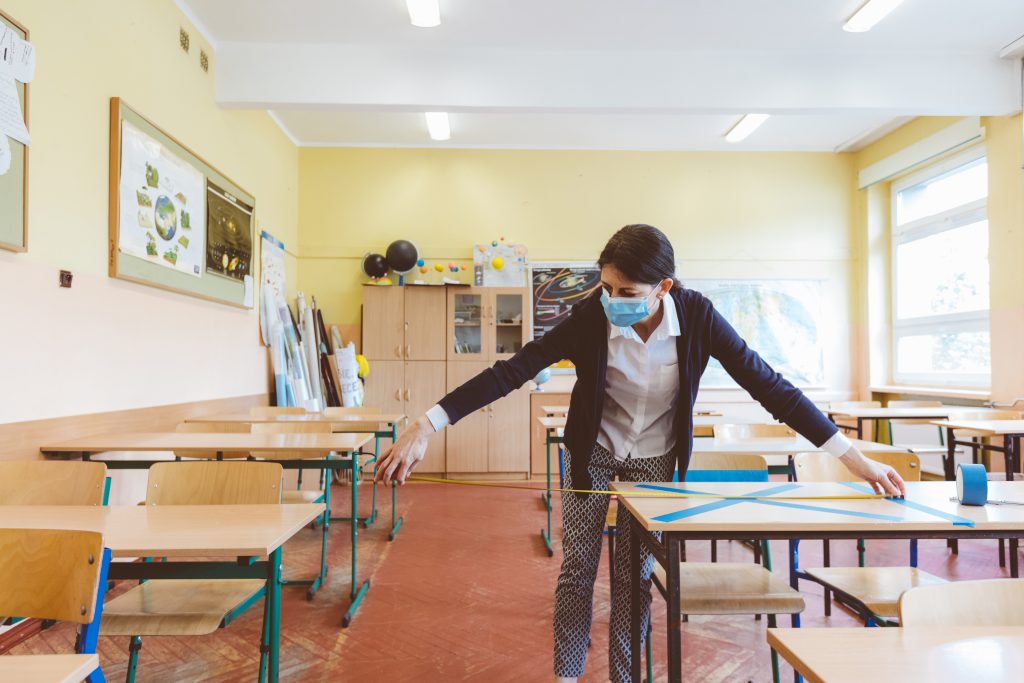
The Rise in COVID-19 Spread During Back-to-School Season and the Role of Rapid Testing
As the back-to-school season arrives, parents, educators, and public health officials brace for a potential uptick in COVID-19 cases. August and September mark a time when students return to crowded classrooms, interact closely with peers, and potentially bring home viruses that contribute to community spread. This annual transition, while eagerly anticipated by students and families, poses significant challenges in managing the spread of contagious illnesses, particularly COVID-19.
Increased Risk of COVID-19 Spread
The start of the academic year often coincides with a rise in respiratory illnesses, including COVID-19. Several factors contribute to this increase. First, the close quarters of classrooms, where students spend extended periods together, create an ideal environment for virus transmission. Unlike other respiratory illnesses, COVID-19 spreads through both airborne droplets and contact with contaminated surfaces. The density of students in classrooms, hallways, and cafeterias exacerbates the potential for rapid transmission.
Moreover, younger students, particularly those in elementary and middle schools, may not consistently adhere to preventive measures such as mask-wearing or maintaining physical distance. This behavior, combined with the physical interaction inherent in school activities, increases the likelihood of COVID-19 spread. The asymptomatic nature of COVID-19 in many children further complicates detection and containment efforts, as these students can unknowingly transmit the virus to others, including high-risk individuals at home.
The Role of Rapid COVID-19 Testing
Rapid COVID-19 tests have emerged as a crucial tool in mitigating the spread of the virus during the back-to-school season. These tests, which provide results in minutes, enable prompt identification of infected individuals, allowing for swift isolation and reducing the risk of further transmission.
Frequent testing, particularly in school settings, can help detect outbreaks early, preventing widespread infections. By testing students, teachers, and staff regularly, schools can quickly identify positive cases, even in individuals who do not exhibit symptoms. This proactive approach is essential in breaking the chain of transmission and keeping schools open safely.
Moreover, rapid tests can alleviate concerns among parents and educators by providing timely information on the health status of students and staff. When schools implement routine testing protocols, they create a safer environment for in-person learning, reducing the anxiety associated with potential COVID-19 exposure.
Mitigating the Spread with ASSURE-100
For schools and communities looking to manage COVID-19 risks during the back-to-school period, access to reliable and efficient testing is paramount. The ASSURE-100 COVID-19 Rapid Test offers a practical solution for this need. With its high accuracy and quick turnaround time, the ASSURE-100 test can be easily integrated into school health protocols, ensuring that positive cases are identified and isolated promptly.
The ASSURE-100 test, available for purchase through assure-100health.com, is designed to be user-friendly, making it suitable for use in various settings, including schools, offices, and community centers. By incorporating such rapid testing solutions, schools can significantly reduce the potential for COVID-19 outbreaks during the critical back-to-school period, protecting students, staff, and the broader community.
The back-to-school season is a time of heightened risk for COVID-19 transmission. However, with the implementation of rapid testing strategies like the ASSURE-100, schools can take proactive steps to minimize the spread, ensuring a safer environment for all.